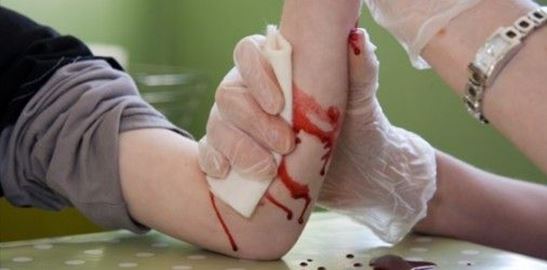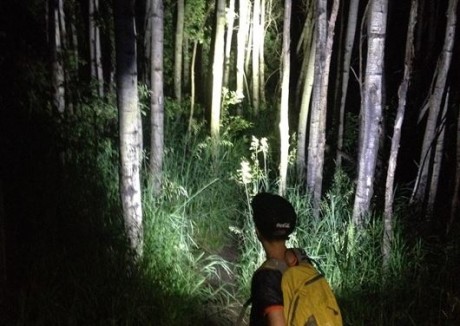Survival First Aid: Treating Bone Fractures
Broken bones, fractures and joint injuries are a common thing that happen on a daily basis. We’re only one phone call away from receiving immediate medical assistance if in need. It’s not a life threatening situation in the 21st century, unless there are immediate complications.


